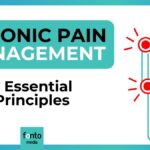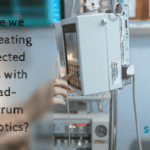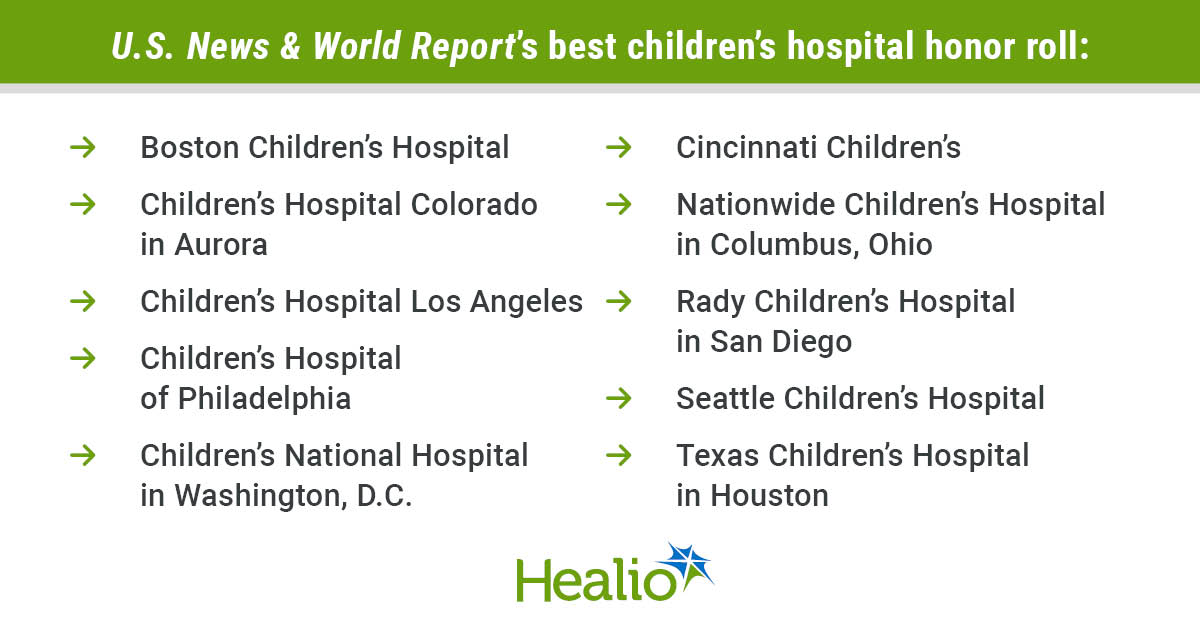August 05, 2025
2 min read
Key takeaways:
- Adults receiving the pharmacist-led education intervention learned about 10 elements related to allergic rhinitis in an 8-minute video.
- Researchers used the Total Nasal Symptom Score to measure symptom control.
Among adults with allergic rhinitis, a pharmacist-led education intervention contributed to improvements in symptom control but failed to impact medication adherence and quality of life, according to results published in JAMA Network Open.
“These findings suggest that while pharmacist-led education can enhance symptom management, additional strategies may be needed to address broader aspects of [allergic rhinitis] care,” Chii-Chii Chew, MSc, of the Clinical Research Centre, Hospital Raja Permaisuri Bainun, Ipoh, Malaysia, and colleagues wrote.

Among adults with allergic rhinitis, a pharmacist-led education intervention contributed to improvements in symptom control but failed to impact medication adherence and quality of life. Image: Adobe Stock
In a single-center, two-arm, parallel-group, open-label, randomized clinical trial, Chew and colleagues assessed 154 Malaysian adults (mean age, 46.5 years; 63% women) with allergic rhinitis to determine how a pharmacist-led education intervention (AR-PRISE) — including an 8-minute educational video on allergic rhinitis and structured pharmacist counseling —impacts knowledge level, symptom control, medication adherence and quality of life vs. standard care.
According to the study, patients receiving the pharmacist-led education intervention learned about “background; symptoms; diagnosis; allergic identification and avoidance; intranasal corticosteroid use, consisting of general information, priming, administration techniques, cleaning and addressing concerns; antihistamines, decongestants; alkaline nasal douches; what to do when symptoms flare; and consequences of poor disease control” in the video.
Pharmacists also assessed symptom severity and quality of life, set treatment goals with the patient, evaluated inhaled nasal corticosteroid (INCS) administration techniques, addressed patient concerns about treatment, and highlighted nonadherence consequences. Further, pharmacists informed patients about why allergen identification and avoidance are important, encouraged them to review their educational materials periodically, and educated them about asthma exacerbation.
The AR-PRISE group included 77 patients, and the standard care group included 77 patients. Researchers had follow-up data for 149 patients (96.8%).
For most of the evaluated outcomes, values collected at day 180 in the AR-PRISE group did not significantly differ from those in the standard care group. According to the study, these outcomes included allergic rhinitis knowledge level, Total Nasal Symptom Score (TNSS) for the past 12 hours, intranasal corticosteroid adherence and quality of life via the European Quality of Life 5-Dimension 5-Level Instrument and European Quality of Life VAS (EQ-VAS).
However, researchers did note that median knowledge level scores, TNSSs for the past 12 hours, adherence days and quality of life scores were higher among those receiving the AR-PRISE intervention vs. standard care.
The one outcome that did significantly differ between the groups was the TNSS for the past 2 weeks, with the study reporting more improvement among those receiving the AR-PRISE intervention vs. standard case (regression coefficient estimate, 0.14; 95% credible interval [CrI], 0.03-0.25).
Researchers found that this pattern held true at day 60 (regression coefficient estimate, 0.18; 95% CrI, 0.08-0.28), day 120 (regression coefficient estimate, 0.21; 95% CrI, 0.11-0.31) and day 180 (regression coefficient estimate, 0.11; 95% CrI, 0.01-0.21).
Compared with the intervention group, the standard care group was 1.82 times more likely (95% CI, 1.14-2.9) to experience an adverse effect related to their INCS, but there were no other significant differences in treatment-related adverse effects.
“The AR-PRISE intervention showed a stronger treatment effect observed in the TNSS for the past 2 weeks (sustained control) vs. the TNSS for the past 12 hours (immediate symptoms), reflecting its focus on long-term disease management,” Chew and colleagues wrote. “Nevertheless, because potential waning effects or behavioral drift cannot be ruled out, its long-term sustainability remains uncertain.
“Future studies should examine whether incorporating booster education sessions could sustain the intervention’s benefits beyond 180 days,” Chew and colleagues continued.











